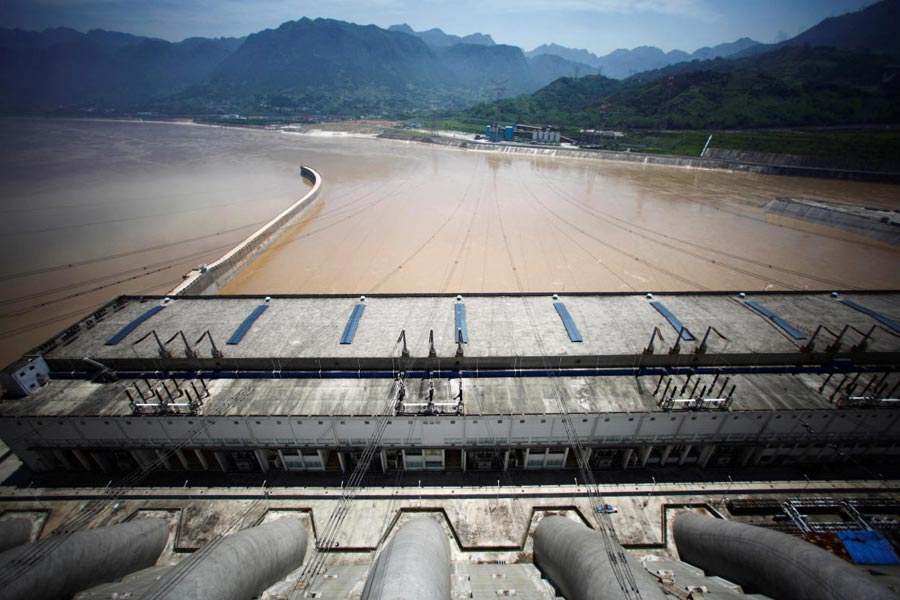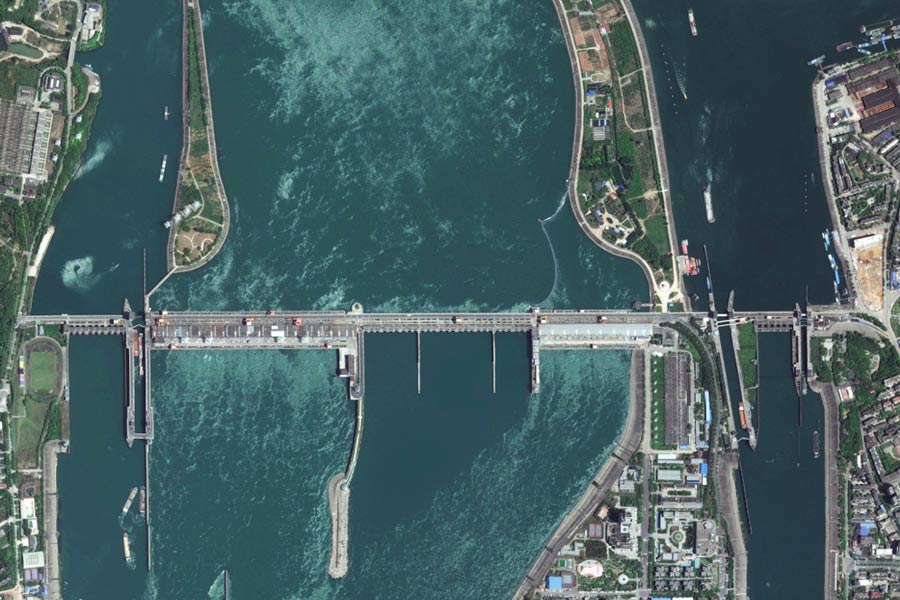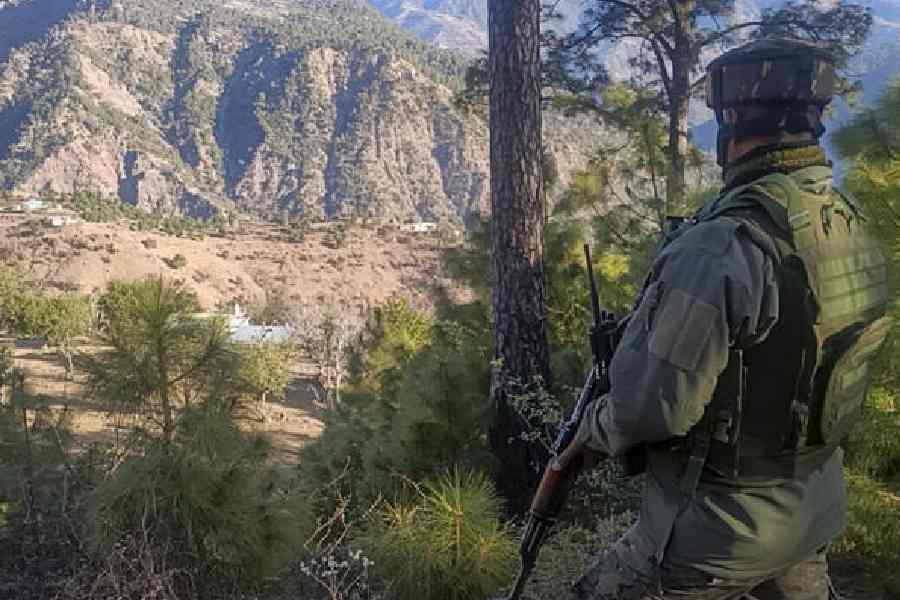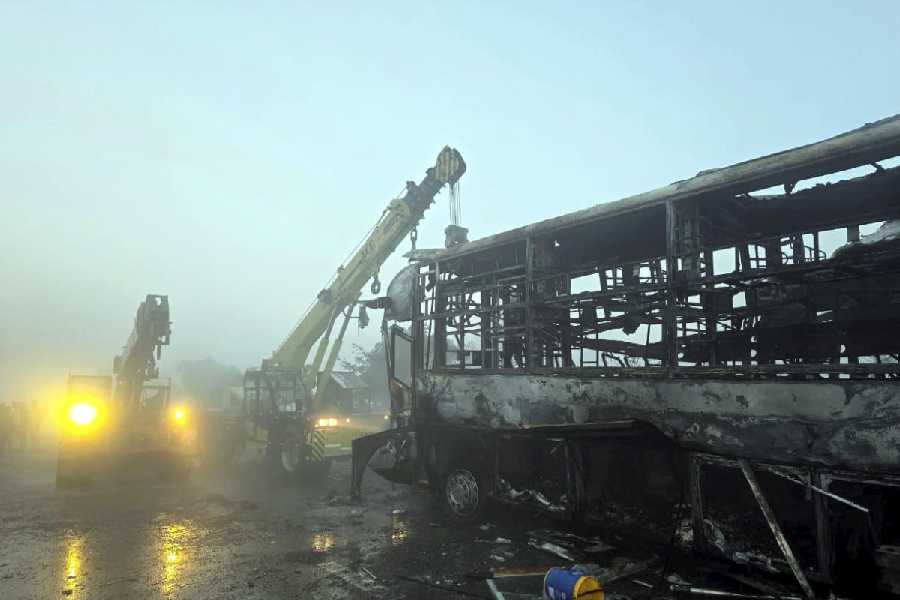Iron ore and steel prices climbed to four-month highs after China announced a massive hydropower project in Tibet.
Chinese Premier Li Qiang launched construction of the 1.2 trillion yuan ($170 billion) project over the weekend. The five-cascade dam on the Yarlung Tsangpo River is expected to boost the consumption of steel, cement, glass, and other materials as part of China's broader stimulus aimed at reviving its sluggish property and construction sectors.
According to a Bloomberg report, iron ore surged as much as 2.9 per cent in Singapore to near $104 a ton, while Shanghai rebar futures touched their highest levels since March. Copper, zinc, and aluminium also gained on the London Metal Exchange.
China Iron and Steel Association officials, quoted by Bloomberg, said major steelmakers met with the industry ministry to discuss curbing “involution” – a state of hyper-competition – and exploring new systems to control overcapacity.
World’s largest hydropower dam
The Yarlung Tsangpo project will become the world’s largest hydropower dam, generating around 300 billion kilowatt-hours annually. Premier Li called it a “project of the century”, adding that “special emphasis must be placed on ecological conservation to prevent environmental damage.”
The dam, located on the eastern Tibetan plateau, aims to help China meet its carbon neutrality targets and reduce dependence on coal. The project is also expected to create thousands of jobs and stimulate industries ranging from engineering to heavy machinery. .
Authorities have not disclosed how many people will be displaced or the extent of its environmental impact, according to Reuters.
NGOs, including the International Campaign for Tibet, warn the dam could irreversibly harm one of the planet’s richest ecosystems and threaten millions living downstream in India and Bangladesh.
India raises concerns
Earlier, India’s foreign ministry confirmed that New Delhi has officially raised concerns with Beijing over the project.
“The Chinese side has been urged to ensure that the interests of downstream states of the Brahmaputra are not harmed by activities in upstream areas,” foreign ministry spokesperson Randhir Jaiswal said. “We will continue to monitor and take necessary measures to protect our interests.”
Jaiswal also noted that India had lodged a formal protest last month over China's creation of two new counties, including one encompassing territory disputed with India.
Despite military tensions between the two Asian giants in recent years, senior officials recently held formal talks aimed at easing strained relations.
‘Water bomb’ for India: Arunachal CM
Terming the Chinese mega dam a “ticking water bomb”, Arunachal Pradesh chief minister Pema Khandu said that the project poses a bigger threat than even China’s military.
“It is going to cause an existential threat to our tribes and our livelihoods. It is quite serious because China could even use this as a sort of 'water bomb',” Khandu told PTI.
The chief minister highlighted China's refusal to sign international water-sharing treaties, which otherwise would mandate regulated water release to downstream countries. “If China was a signatory, this project could have been a blessing for India... But China cannot be trusted. No one knows what they might do,” he warned.
Khandu said the state government, in coordination with the central government, is pushing its own multipurpose dam project — the Siang Upper Multipurpose Project — as a defensive measure to ensure water security.
“We just cannot simply protest and sit idle. Since we cannot make China see reason, it is better that we focus on our own defence mechanisms and preparations,” Khandu said.
(With agency inputs)












